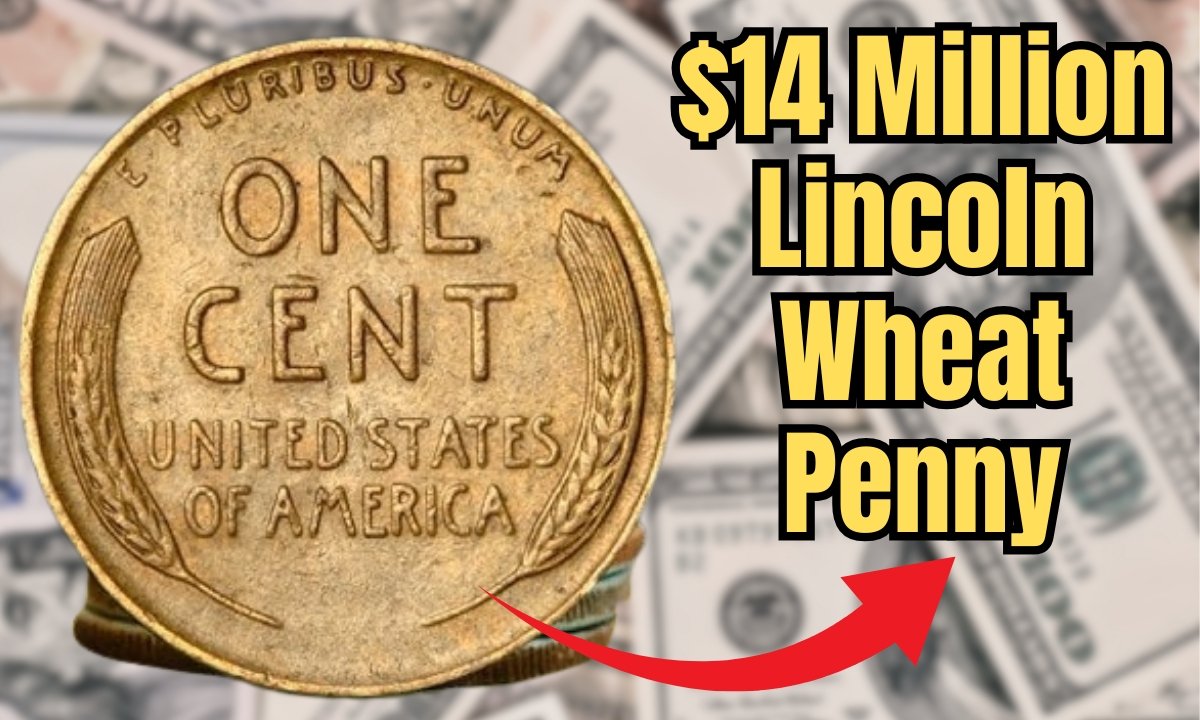The numismatic world surrounds a tale of one Lincoln Wheat Penny-an ordinary one-cent coin dating back to the early 20th century-that may cost millions, and might still be somewhere in regular circulation. Some sources claim that it is worth $124,000,000, thereby inducing excitement among collectors and the casual coin buyers. Whether these claims of exorbitant values are true or false remains unverified, but the legend goes on.
Why is it Worth So Much?
What possible factors bring an otherwise so-called common guy penny to ask for such astronomical sums? Primarily, rarity and mint errors. For instance, around the World War II period (about 1943) a penny was to be minted in steel and not copper metal to conserve metal. A few copper blanks went through an accidental use, thus producing a few rare “1943 copper” pennies which are highly desirable.
Other Varieties Of High Value Are-
- The 1909-S VDB (with the designer Victor Brenner’s initials)
- The 1955 Double Die, having doubling errors in the date/lettering
- The 1922 “No D” penny (no Denver mint mark)
Only those coins asking such prices are ones that are in perfect condition (high grade) with authenticated provenance.
Could It Still Be in Circulation?
Most of these stories speculate that the coin has yet to be identified—as maybe it is just sitting in someone’s pocket, piggy bank, or drawer. Penny exchange is so broad that a rare specimen could easily just slip through the cracks unnoticed. However, experts say that a coin of that value would almost definitely have under-the-microscope scrutiny: auction houses, collectors, and numismatic services are always on the lookout for anomalies. Actually finding one in your pocket change is almost impossible.
How to Spot a Rare Wheat Penny
If you find yourself sorting through coins, here is what to watch for:
- Mint year & mint mark (e.g., 1909, 1943, 1955; check for “S”, “D”, or no mark)
- Metal composition—a 1943 copper penny would not attract a magnet (steel pennies will)
- Double striking/doubling errors (especially on “LIBERTY” or “IN GOD WE TRUST”)
- Unusual coloring or wear that is not normal for a penny
- Professional grading: If you think you might have something, have it authenticated by a legitimate coin grading service.
- With Extreme Precaution: rough cleaning, polishing or other practices might turn out to render the coin in question worthless.
Also Read: $2,000 Direct Deposit October 2025 – IRS Confirms Payment Dates and Eligibility
